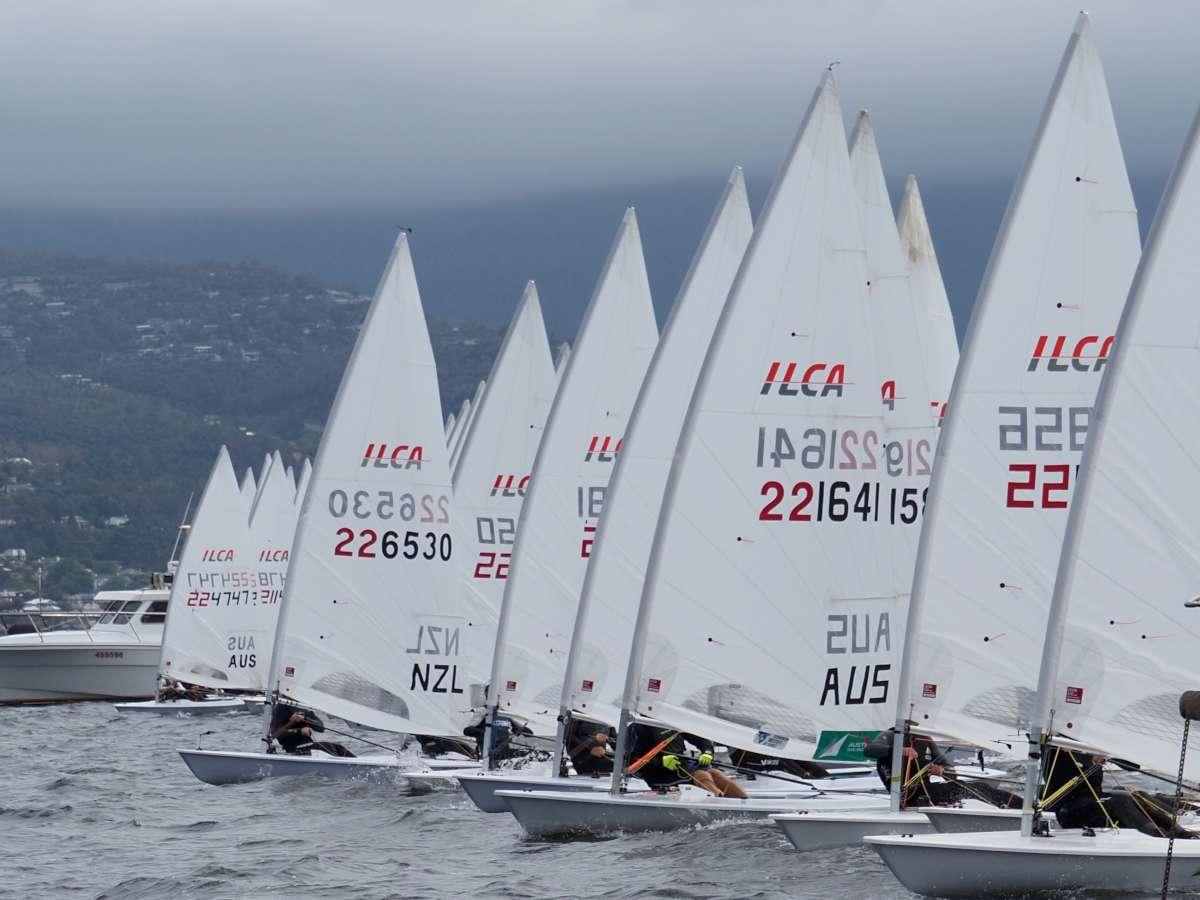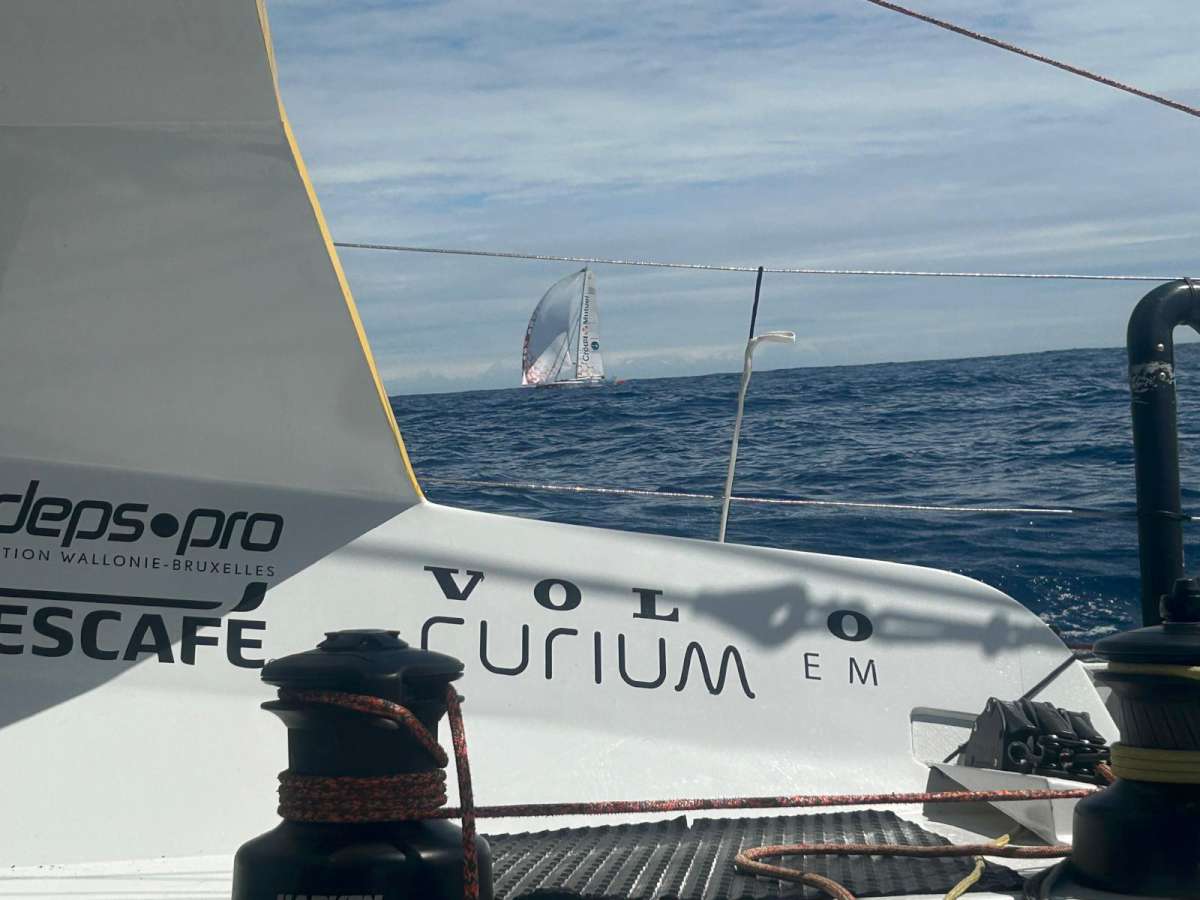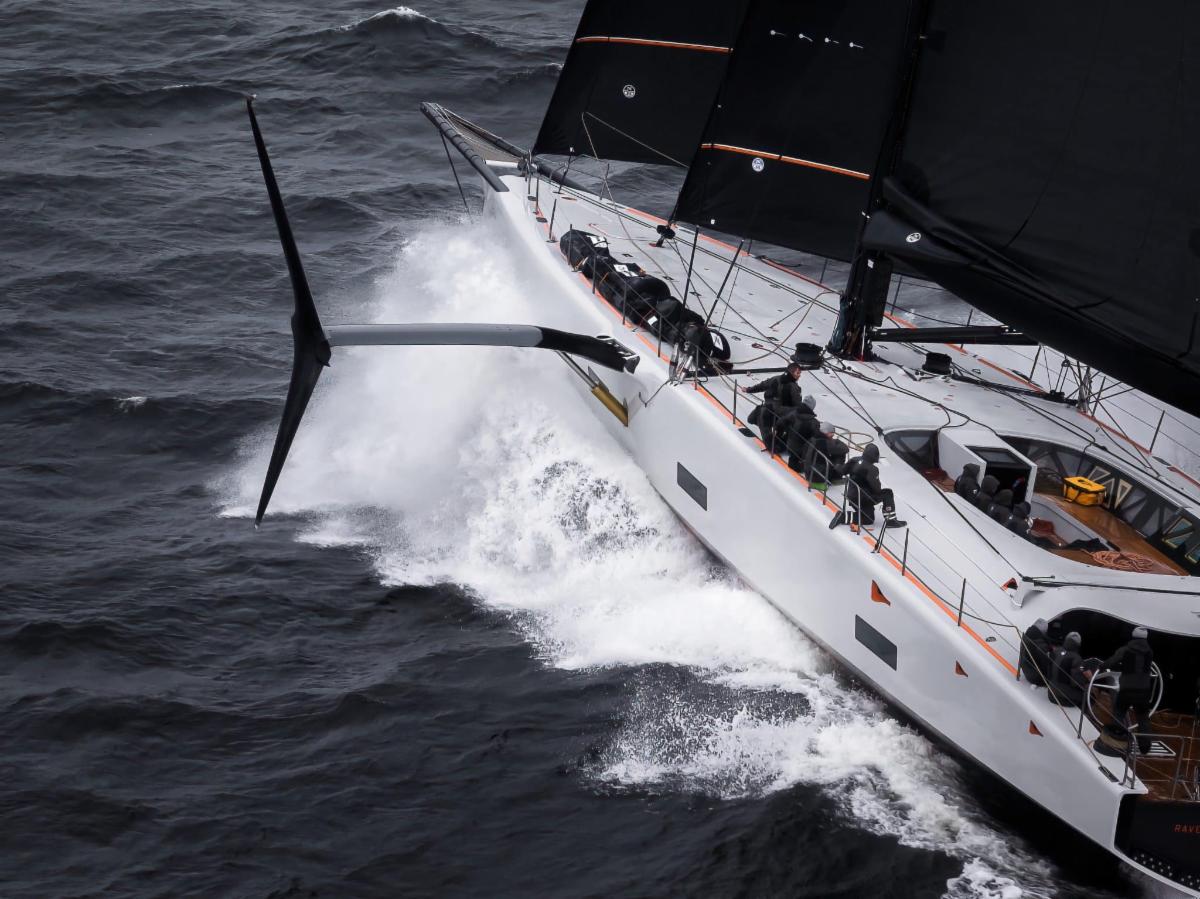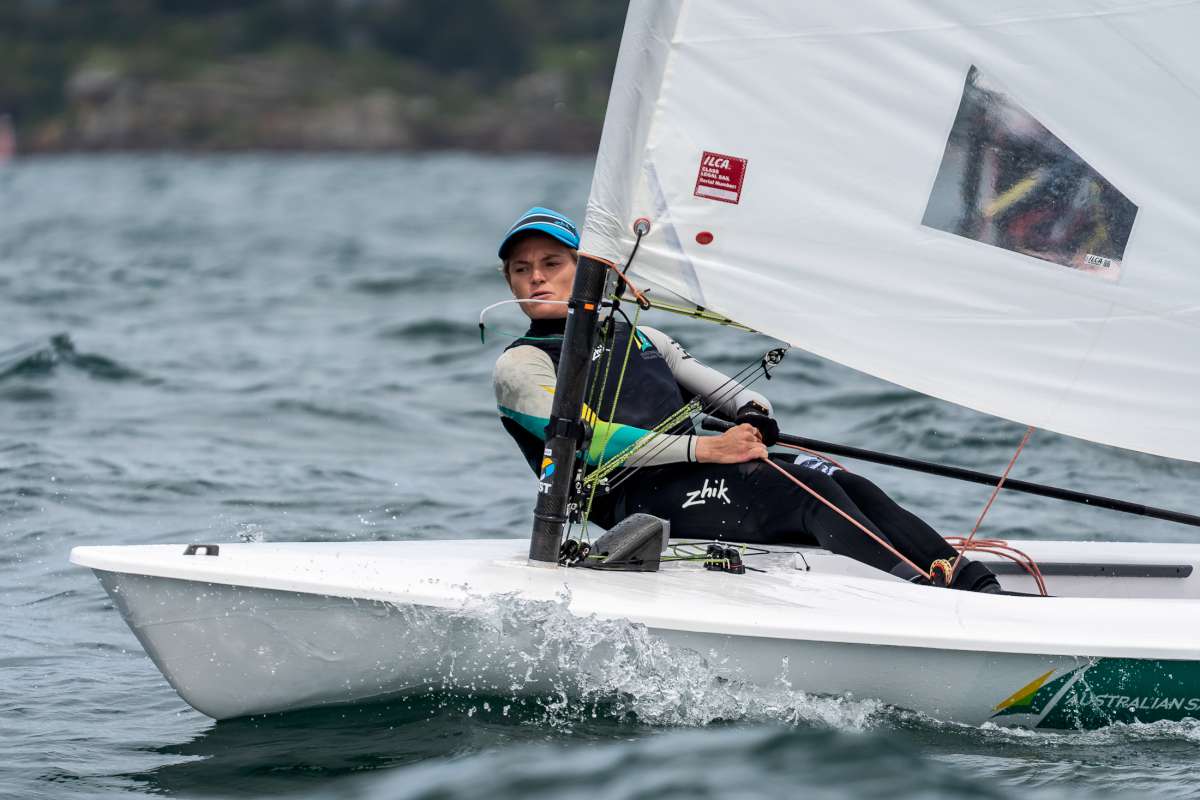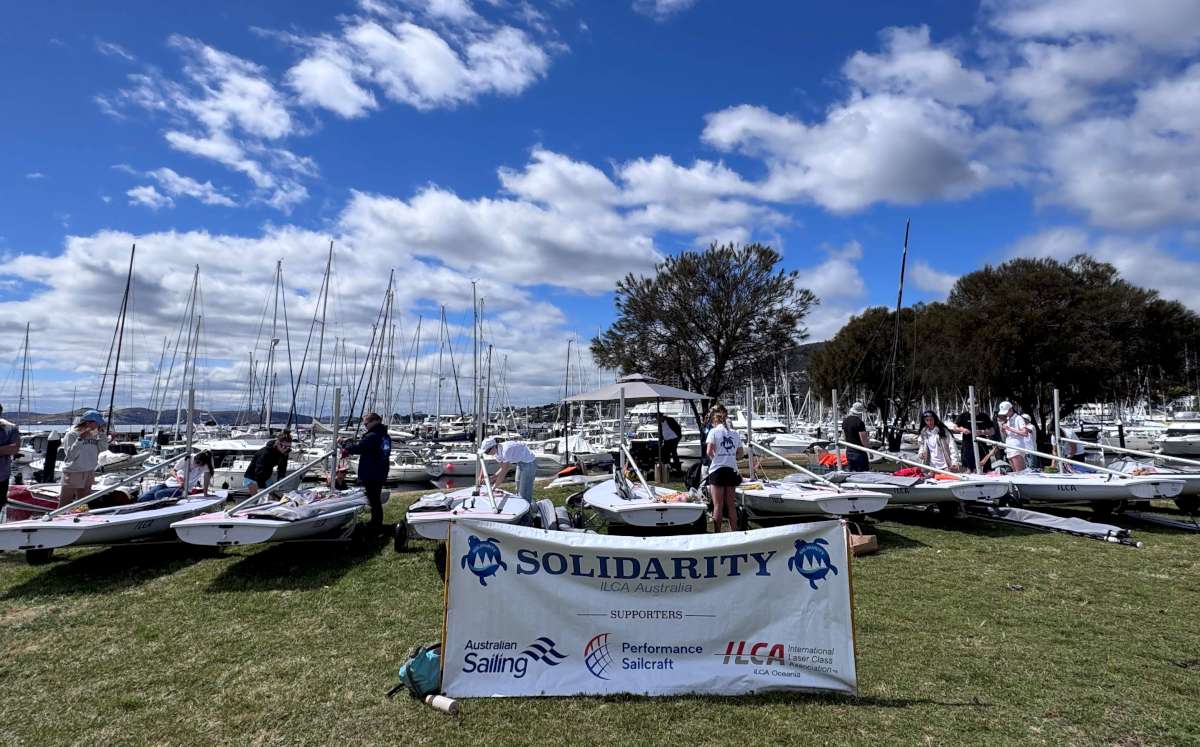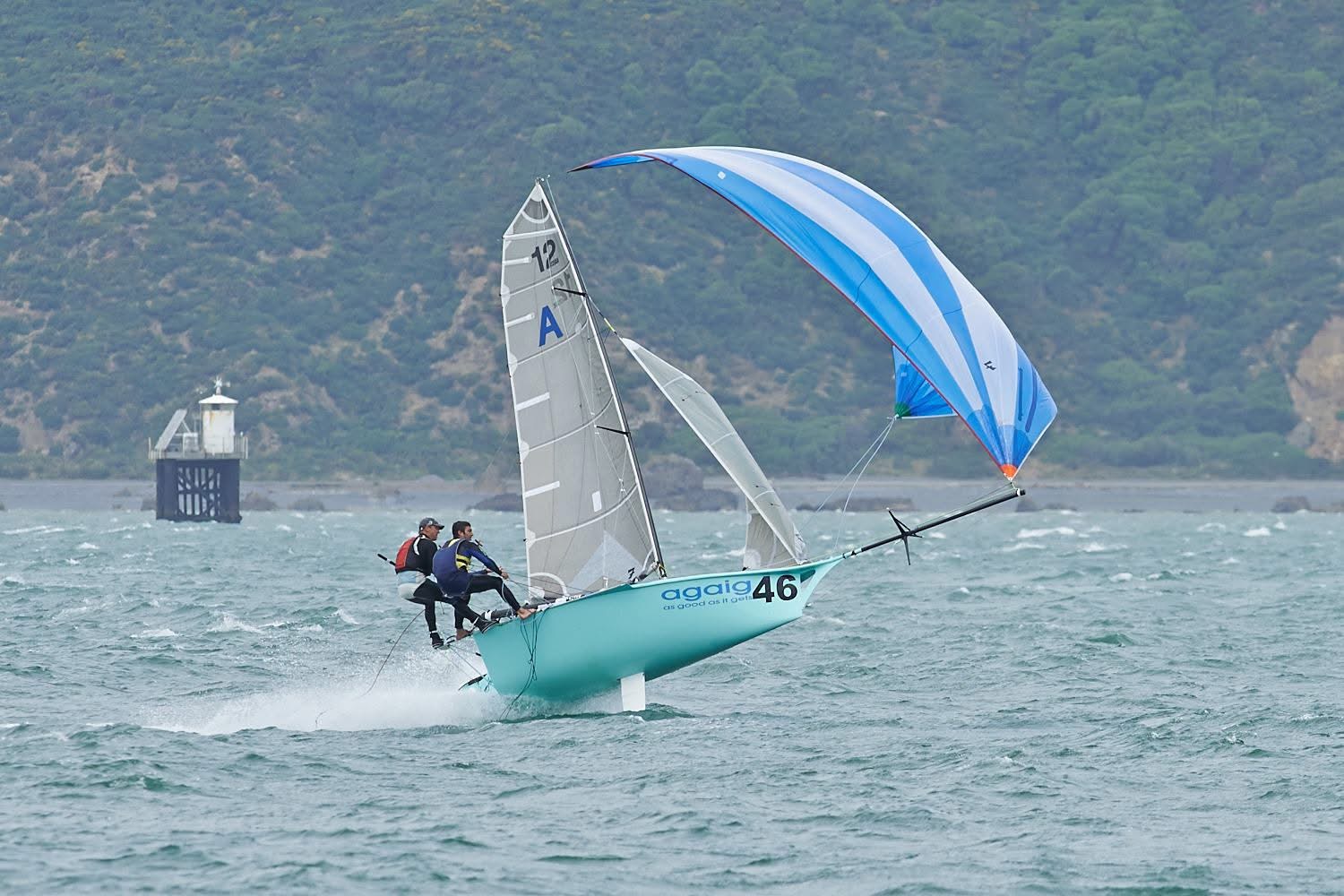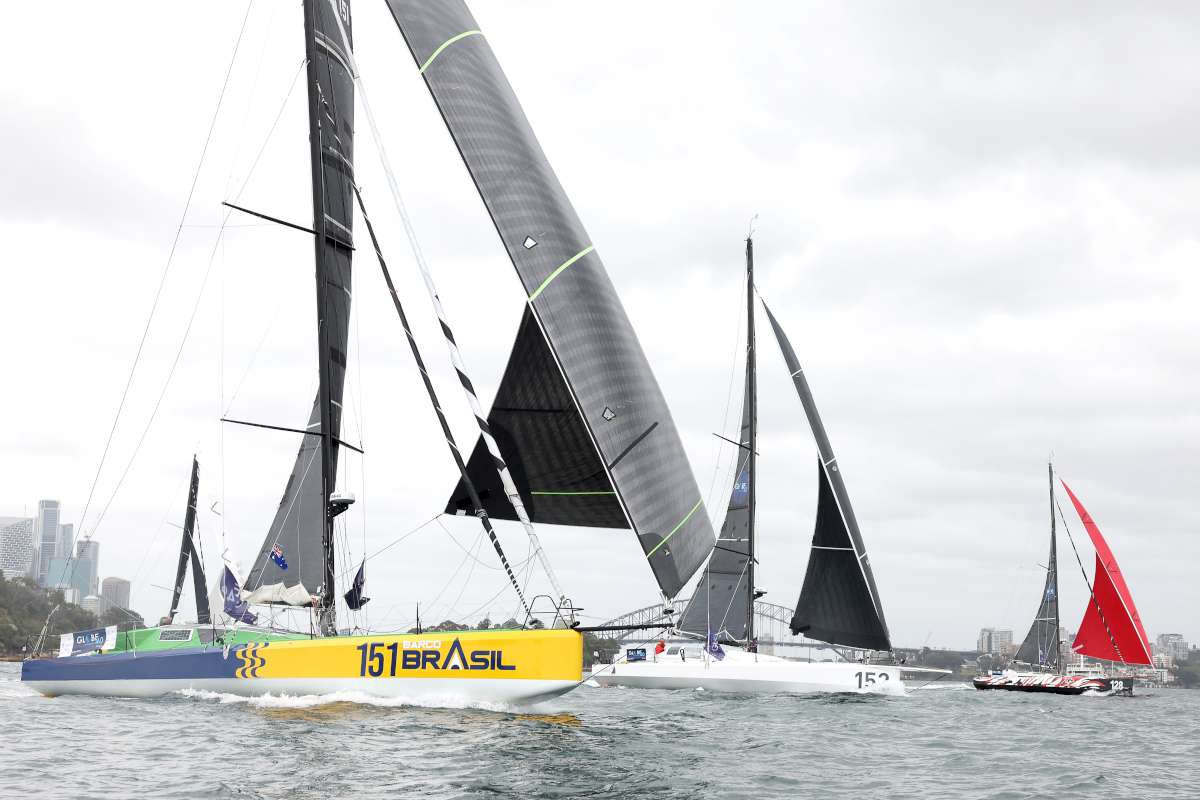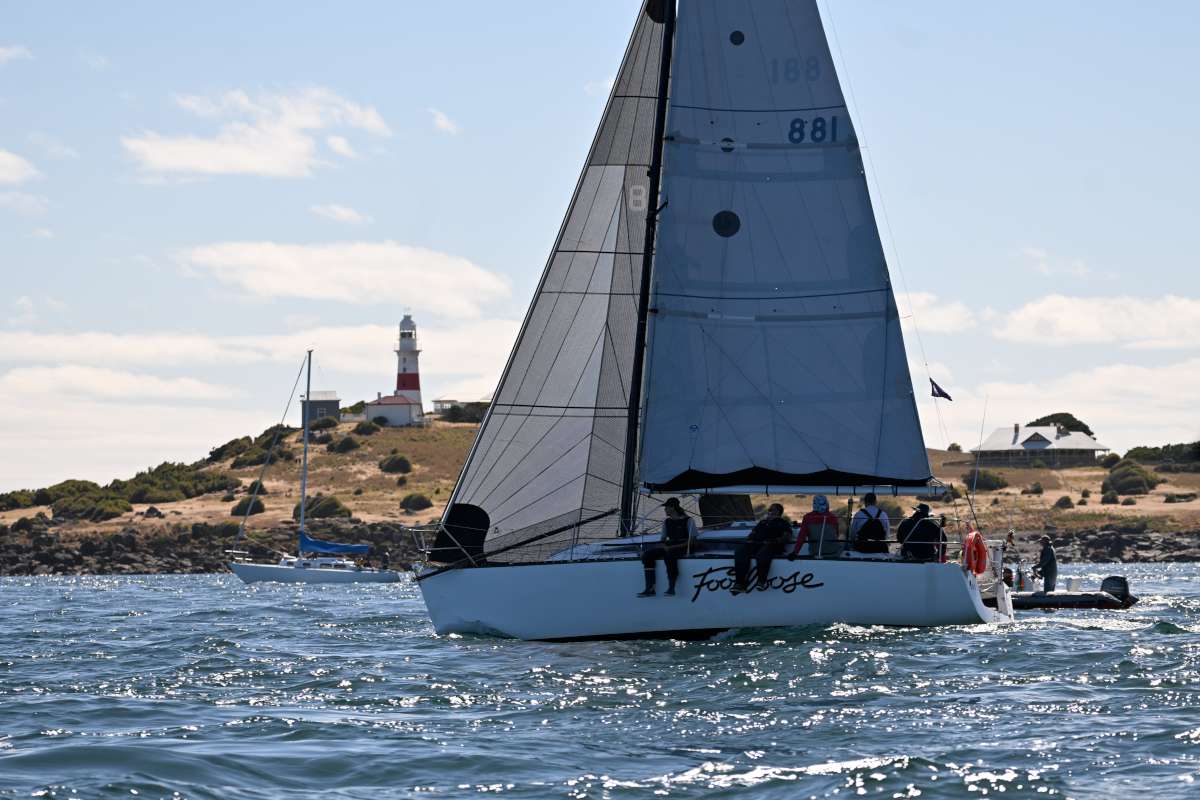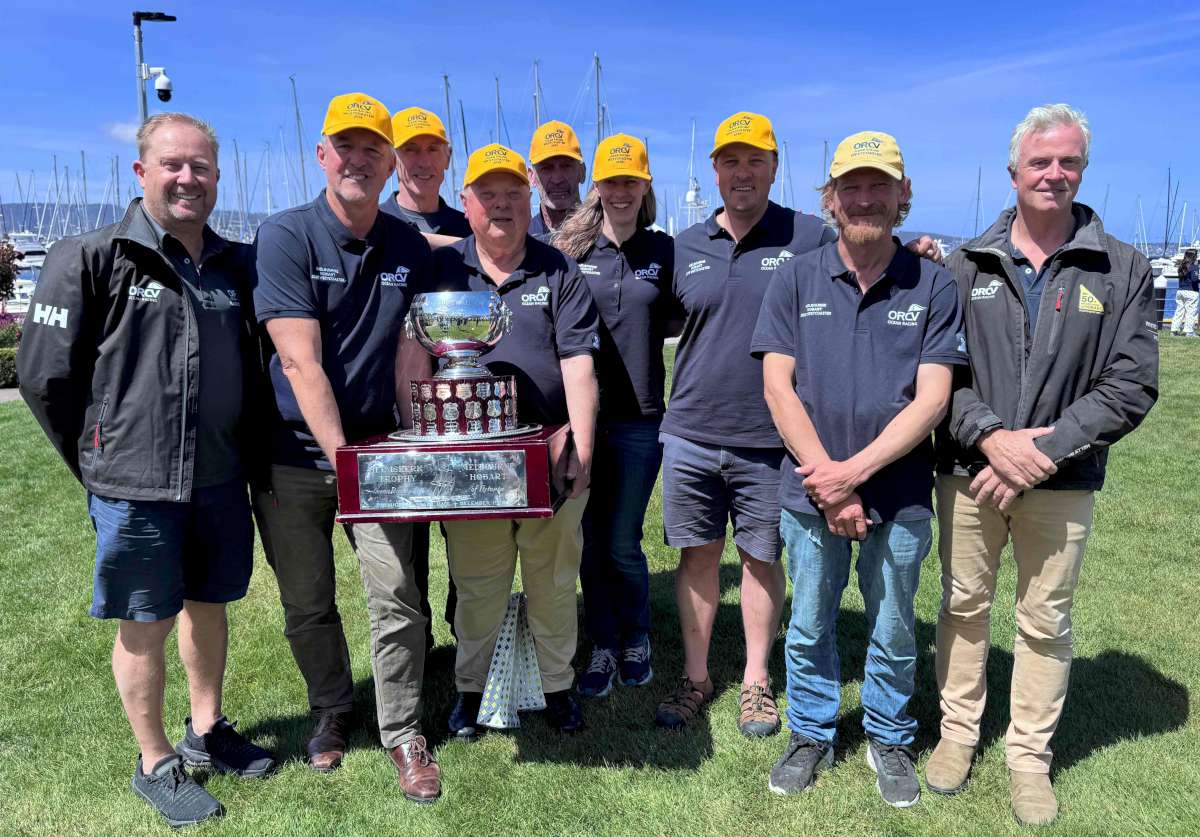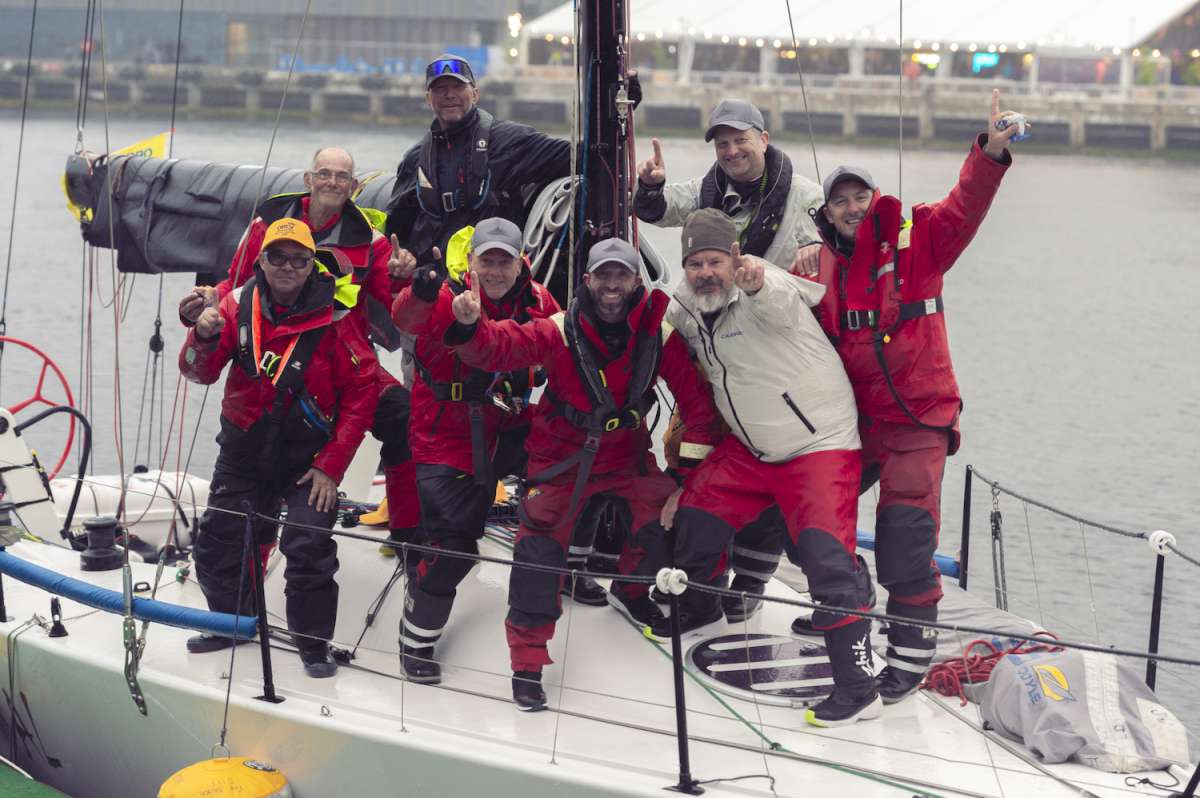The start of a sailboat race is a focused test of a crew’s ability across the range of sailing skills: tactics and strategy, boat handling, rules and speed.
The last skill of boat speed may not initially seem related to the stop and go part of a start, but makes sense when you appreciate that how you are doing a couple of minutes after the start is the best measure of whether the start was good or not.
Because so many of sailing’s skills need to be carried out in concert and with a tight time constraint a lot can go wrong. Let’s look at starting errors by breaking down what can go wrong in the three main areas of boat handling (and speed), strategy and tactics.
Boat Handling and Speed
The main errors to do with boat handling and speed on the start line are:
1. Poor ability to sail the boat at low speeds and then accelerate with little leeway.
2. Bad timing with respect to when to accelerate across the start line.
3. Poor speed when in close proximity to other boats.
Low-Speed Handling
There are a few key low-speed handling tasks that need to be mastered to get a good start. You need to be able to hold position with minimal leeway as well as scallop up head to wind and back down again at will by combining steering, sheeting and body movements.
A key to avoid drifting sideways is to keep a little flow over the foils. From a stopped position on a close-reaching course, steer straight ahead and sheet in just enough to move forward. When the boat has a little pace on you may then steer up to close hauled or head to wind. When pointing into the wind, you can slow down again and not go sideways, for a limited time.
If you get stuck head to wind with no pace, you’re allowed to scull the boat down to a close hauled course, so practice waggling the tiller aggressively on the windward side to make this happen quickly. Once the bow is down you can start the acceleration process slowly to begin with – so you have a little flow over the foils – and then sheet on harder and lean out to get to full speed.
Timing
As they say, timing is everything and hitting the start line with speed at the gun is a wonderful feeling. This skill can be practised really well on your own using a rolling one or two minute countdown and a short start line of mooring buoys or similar. With an empty start line and plenty of repetitions you will get some good feedback about how well you can accelerate and cross the line on time.
While this is a basic drill, it’s one that should be practised by a racing sailor all his or her career.
Low-speed handling skills must be practised across the range of wind and wave conditions to discover the sail settings that make things easier and faster to get the boat going. One sail setting that works on most boats is to keep vang tension soft in the pre-start to keep leech load light to make handling easier.
Speed
It’s important to determine well before the gun the exact rig and sail settings you need for maximum speed off the line. Use the pre-start period to re-find fast settings each day.
Once you’re up to full speed, it’s often best in light-moderate winds to sail in a slightly higher mode for a while to keep your air clear of a boat to leeward. An exception is when a windward boat is already bow-forward of you and then you must match their course, at least for a little while, so you don’t rapidly get spat out the back.
Sailing your boat accurately is not easy with the added pressure of a boat close to leeward, so this is another important skill to practice in training.
A good two-boat drill has one boat starting at a disadvantage, half a length to windward of the other, half overlapped, trying to maintain her position for as long as possible.
In short, good boat handling is the foundation of getting a good start. Once these skills are satisfactory, you’ll be hitting the line with speed every time. But it’s not until these skills are really well learned that you can fight for position at the favoured end and get out of trouble caused by other boat’s tactics.
Strategy
Strategy has to do with getting the boat around the course as quickly as possible in the absence of other boats.
If the start line has even the slightest bias to one end this usually means that you’ll get around the course quickest by starting at that end. A major starting error is a failure to determine any bias on the start line and understanding how important that will be in getting a good start.
A good practical test of start line bias is for you and another boat to begin at the same time at either end of the line and sail upwind towards each other so that you meet in the middle. Whoever is ahead has started at the favoured end and the distance between boats is how much that end is favoured. It’s good to re-do this test a couple of times to check the influence of wind shifts.
If one end is obviously favoured then most of the fleet will probably want to start there. This may mean too much traffic for comfort. Knowing exactly how biased the line is will help you decide if it’s ok to sacrifice a length or so for a start position with less congestion further from the favoured end.
If the starting line lies neutrally, starting from the middle can be a great choice. The likelihood of being able to go across the line unmolested and with maximum speed is significantly greater from here than at either end of the line because there’s usually fewer boats and it’s difficult to judge the line’s position.
Of course, you tested the favoured end a few minutes ago, so by the time of the start that might have changed. Thus, it’s important to keep track of any wind shifts while you’re idling on the start line. A big shift might justify a late dash to the other end of the line or place a premium on being able to tack shortly after the start.
The other main strategical concern when starting is whether one side of the course is so favoured that you should start at that end of the line so that you may get to that side quicker. This is often the case when there’s land on one side or more or less current.
Tactics
Complicating the task of getting your own boat going at the start are other boats trying to do the same thing at the same time. It’s relatively easy to to get the perfect start when you’re the only boat there. But the presence of other boats significantly increases the need for good boat handling and timing.
The learn-to-sail skills of bearing away and accelerating may need years more practice to time your acceleration to be a half-second ahead of the boat next to you. That half-second is important because much earlier and you will risk an OCS and any later, the chances of a good start will get the wrong side of 50:50.
If you hear the ratchet of the mainsheet on the boat next to you before yours, then chances are that you will be too late sheeting on. This means that you should time your acceleration independently of those around you. In practice, with about 15-20 seconds to go you should weigh up how far you are from the line, the wind’s strength and angle and nominate a trigger-pull time. This will often be in the range 4-7 seconds in a dinghy and a bit earlier for a yacht.
If the rest of the fleet’s strategical analysis is similar to yours then it’s likely to be busy at one end of the line. With one end filling up with boats, the remainder of the fleet is forced to spread along the line, finding space where they can. And with this, there are usually denser clumps of boats as well as less compact spots that make starting easier.
You don’t need the biggest space on the line to start in – that attracts other boats to you – instead you need the right amount of space so you can bear away and accelerate without issue.
One of the most common tactical errors involves being bow-back on adjacent boats. If you’re bow-back with 1 minute to go you won’t be able to see each end of the line to tell how far back you are. And with 15 seconds to go it puts you up against it to accelerate well.
It’s often said that even though you might be in a 75-boat-fleet at the start, only two to three boats really matter in tactical terms. They are the boats to windward and to leeward and the boat that might try sneak in late in the sequence. See the photo sequence for example attack and defensive moves.
It’s important to adopt some good processes around the start to avoid major errors. A consistent and adaptable pre-start routine will help you gather all the information to avoid major errors.
ABOUT THE AUTHOR: Michael Blackburn is an Olympic bronze medallist and former World Laser Champion. He is now Lead Coach of the Australian Sailing Team’s single handed classes. Michael contributes to SailingCrackerSports.com – a resources library and self-development site for sailors.
This article was first published in the August-September 2014 issue of Australian Sailing + Yachting.





